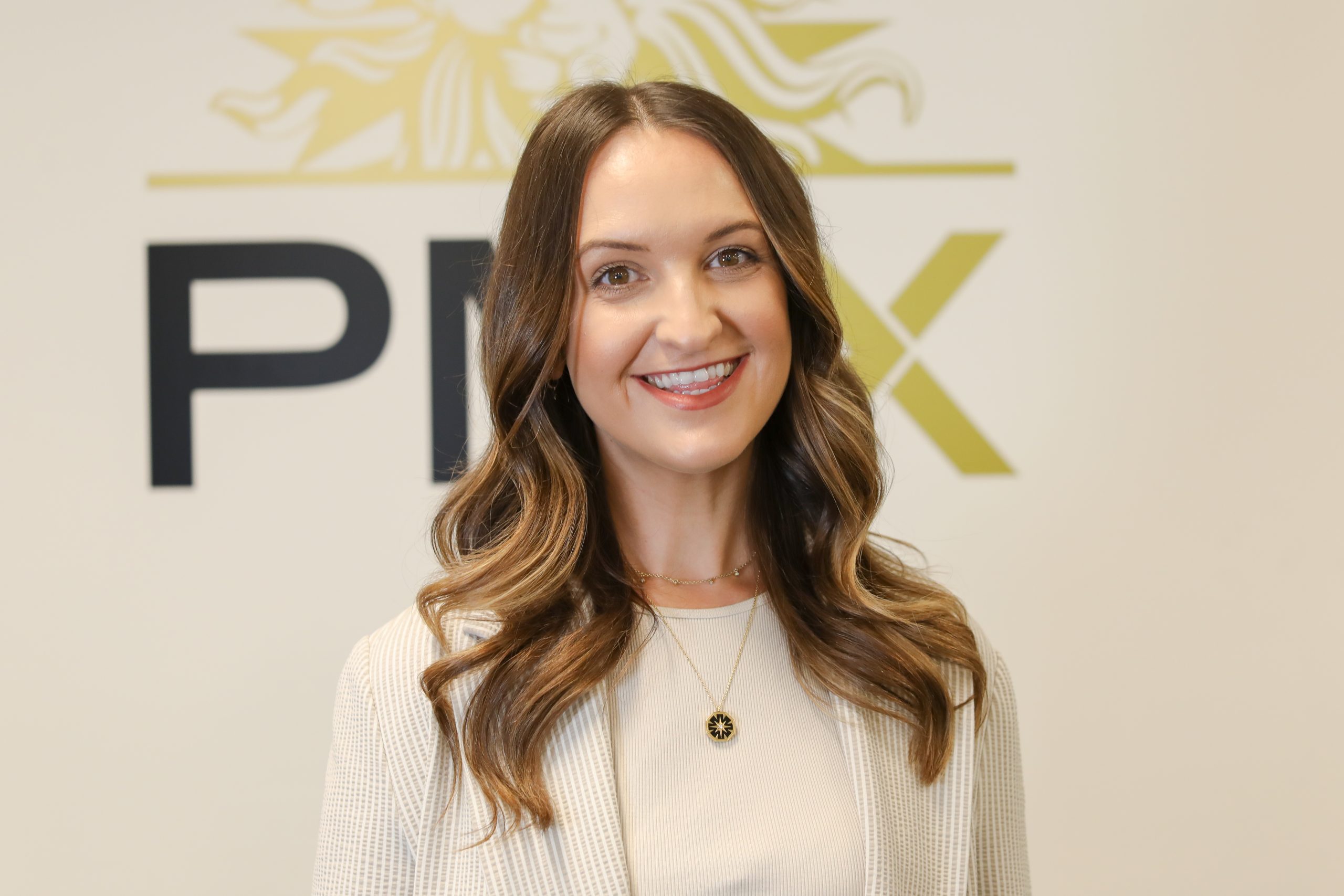Playlists, Podcasts and Programmatic: The Future of Audio Advertising
by on 21st Mar 2024 in News

The world of audio ads is evolving fast, turbo-charged by programmatic tech. We're breaking down the latest trends, the journey so far, and future predictions, with some exclusive insights from industry experts.
Considering the success programmatic has seen across a myriad of advertising forms, its more mainstream expansion into audio ads was inevitable. Companies like Spotify now have a programmatic suite, while SoundCloud, Pandora, and TuneIn are all joining in on the trend.
This is audio’s bumper year - more consumers worldwide will engage with audio entertainment overall in 2024, bringing the number of monthly average podcast listeners to over 1.7 billion. This unprecedented growth in the audio sector signals a growing trend for consumers, and where people go, advertisers will inevitably follow.
Revolutionising Ad Buying
The first thing to note is that we’re talking about a space that is still very much in its infancy, especially when compared to the other segments of advertising. The IAB only introduced a first-of-its-kind template for delivering audio ads in 2014, with the Digital Audio Ad Serving Template (DAAST). Yet, the scene has rapidly advanced since then, fueled by a surge in digital audio consumption, from podcasts to streaming tunes. Algorithms now smartly optimise where and when ads hit, ensuring they're more effective and efficient. The advent of smart devices and connected homes further enriches this landscape, offering tailored and timely audio ads to a captive audience.
Enter VAST for audio ads: the Video Ad Serving Template. Initially designed for video, VAST has evolved, accommodating audio ads' nuances. It standardises the ad delivery process, ensuring compatibility across platforms and devices. This means smoother integration, tracking, and reporting for audio ads, making the marketer's job more straightforward and the listener's experience seamless.
Targeting and Personalisation
At its core, programmatic audio excels in precision. It taps into vast data, enabling targeting by specifics like geolocation across various devices, from smartphones to in-car systems. Ads can even be integrated into playlists, niches, and genres that align with a campaign's theme or mood. This ensures ads are not just heard but are contextually relevant to the listener's location and behaviour, sharply boosting conversion rates.
Third-party cookie deprecation won't shake the programmatic audio ad world much. Why? Audio streaming is not cookie-dependent, it thrives on first-party data and context. Music streams and podcasts collect their own insights, enabling sharp targeting by what users listen to, not browse. Ads also match the mood of the audio, making them relevant and effective without tracking each click. In short, programmatic audio's adaptability and focus on content over cookies keep it strong in a changing digital landscape.
Conducive to the idea of brand authenticity and relevance, the more intimate format of audio allows for heightened emotional responses and in turn, greater brand recall. In fact, a recent study by Nielsen - Podcast Ad Effectiveness - found that podcast ads drive an aided brand recall rate of 71%, while 56% of podcast listeners say they pay more attention to ads read by the host(s).
What Could the Future Look Like?
Audio will be an increasingly valuable branding channel

I think we will see more audio advertising being traded programmatically. As with display and other forms of online advertising, it’s the most efficient way to bring buyers and sellers together when there is such a plethora of choice on the sell-side and pent-up demand on the buy-side.
What’s of particular interest to us, however, is how brands and publishers can measure the effectiveness of their audio campaigns to prove the case for the channel as an effective medium for brand advertising, rather than purely as a performance channel. Our first engagement of this nature, for FD Mediagroep in The Netherlands last year, demonstrated the power of audio advertising to move brand metrics the right way, and as we turn our attention to more campaigns running across more publisher sites, I can only see more brands coming to recognise the value of audio as a branding channel.
Sean Adams, chief marketing officer at Brand Metrics
The democratisation of audio will attract more advertisers than ever

AI is revolutionising audio production, creating incredible opportunities as well as new challenges. Breakthroughs such as text-to-speech, speech-to-speech, and generative personalisation are democratising audio content creation, making it more affordable and accessible to advertisers of all sizes. In a matter of seconds, high quality iterative audio ads can be processed, unlocking limitless variations.
Nonetheless, these advancements come with their own set of challenges. We need to ensure fair compensation for voice talent, and there are real threats concerning the misuse of AI-generated audio by malicious users. I think optimism is warranted as long as we discuss the challenges openly and work with trusted, transparent partners
Jeffrey Mayer, managing director, US and head of products, DanAds
Programmatic opportunities for podcasts are on the up

Of course, when you are comparing it to other digital media, programmatic audio is still an up-and-comer in the industry; however, the opportunity here is growing rapidly. Podcasting in particular, is only starting to fully open its doors to the programmatic ecosystem - which makes it a really exciting time to be in the audio space.
Podcasts listeners are binging - now more than ever! According to YouGov, the number of Brits listening to podcasts for more than six hours a week has doubled since 2019. This comes as no real surprise, and I have no doubt brands will want to continue to accelerate the way in which they activate in this space.
Host reads and sponsorships are often the format of choice when accessing podcasts. Both of which can be limiting when it comes to programmatic opportunities. However, with the advances in the programmatic space that are already happening, coupled with the potential AI holds, this could make for a very exciting year ahead for audio.
Charlotte Taylor, head of non-AV trading, PMX
Personalisation will be at the forefront of audio advertising's evolution

With the dynamic evolution of audio advertising, the future focus looks set to be housed in personalisation. As the popularity of streaming platforms, podcasts, and smart speakers continues to soar, advertisers are increasingly capitalising on advanced targeting capabilities driven by data analytics and AI. This enables them to craft tailored messages, enhancing relevance and resonance for brands.
We anticipate a proliferation of interactive formats and immersive experiences, fostering heightened user engagement and brand retention. To further heighten this personalised approach, we envision an increase in partnerships between advertisers and content creators. Such collaborations cultivate genuine brand integrations and native advertising across their platforms such as podcasts.
Digital audio presents a significant opportunity for brand building among an audience of engaged listeners. Part of its future appeal will be its ability to extend the reach of cross-device programmatic campaigns, amplifying brand awareness and facilitating general prospecting with the use of data across multiple mediums such as display, video, mobile, OOH, and CTV.
However, it's crucial to note that attention must be earned in this space and not all inventory is of the same quality – great content and precision targeting is essential to ensure campaigns resonate effectively. Forward-thinking brands will recognise this and use digital audio to carve out a distinct and personal presence amidst the busy landscape of visual messaging.
Patrick Dolan, activation director, the7stars
The shift in listening habits signals an audio boom

There is a wealth of opportunity for advertisers looking to take advantage of the boom in digital audio advertising. Identifying changes in consumer behaviour, and shifting your strategies to reach them, is a key to success.
One of these key shifts in consumer behaviour is in-car listening. According to a recent study by McKinsey, 85% Of car owners who have Apple CarPlay (or similar) prefer it over the car’s built-in system. This is leading to a fundamental shift in audience from traditional linear in-car listening to an app-based experience, with streaming radio, music and podcast apps becoming the ‘go-to’ for audiences listening in-car.
Here at Octave, we developed the ability to target these listeners by behaviour, and even consider the make and model of a car to future-proof our clients' campaigns.
Tom Mckay, head of product and strategy, Octave
There will be growing sophistication on the buy-side of audio

Programmatic audio professionals are veterans when dealing with limited info in the bid-stream, so cookie deprecation is not the problem it is for everyone else. That said, expect to see greater sophistication around audience curation with audio bought via dedicated marketplaces based on contextual and geolocation signals.
New media channels - particularly gaming - will unlock previously hard-to-reach audiences for the demand side, while publishers appreciate non-intrusive audio formats that unlock elusive brand cash.
Additionally, AI creative versioning tools and self-serve platforms will open up smaller DTC advertisers attracted to the emotive nature of the format - audio’s version of adwords.
Adam Pattison, product director, AdInMo
AdvertisingAnalyticsAudioBig TechCookiesDisplayPersonalisationProgrammaticTargetingTechnology








Follow ExchangeWire